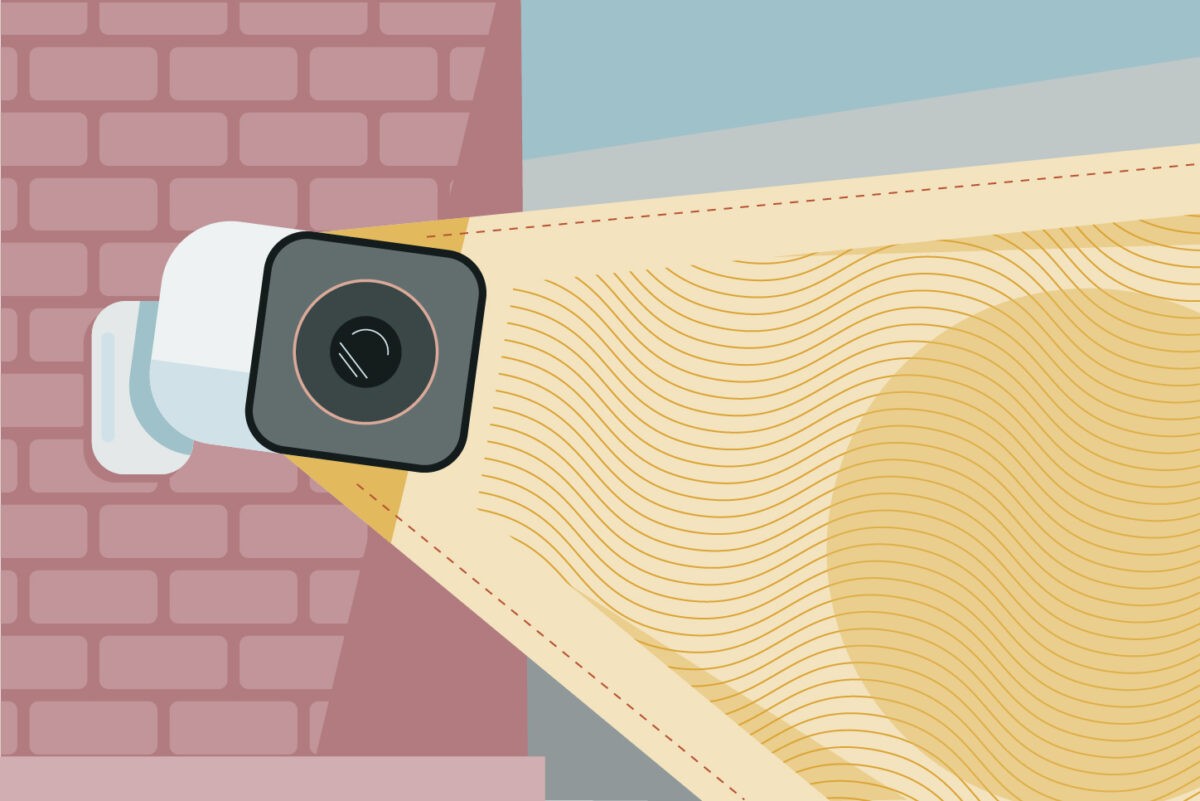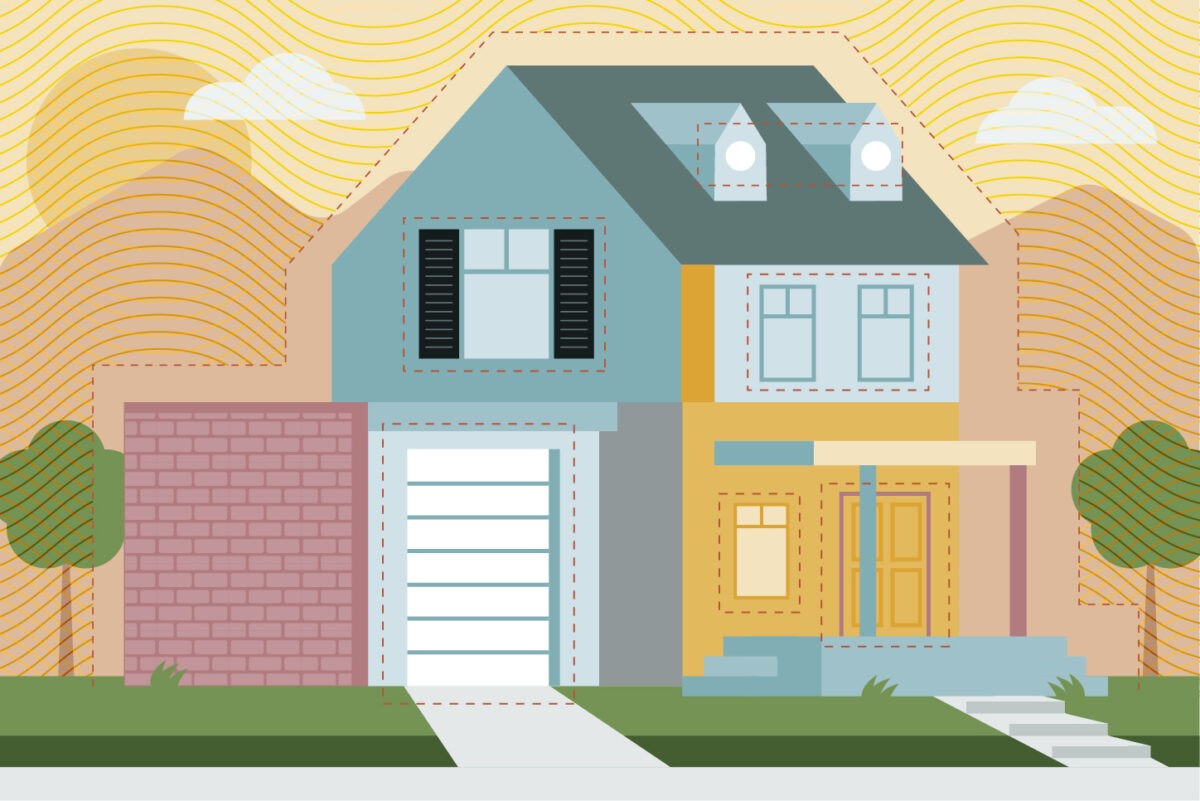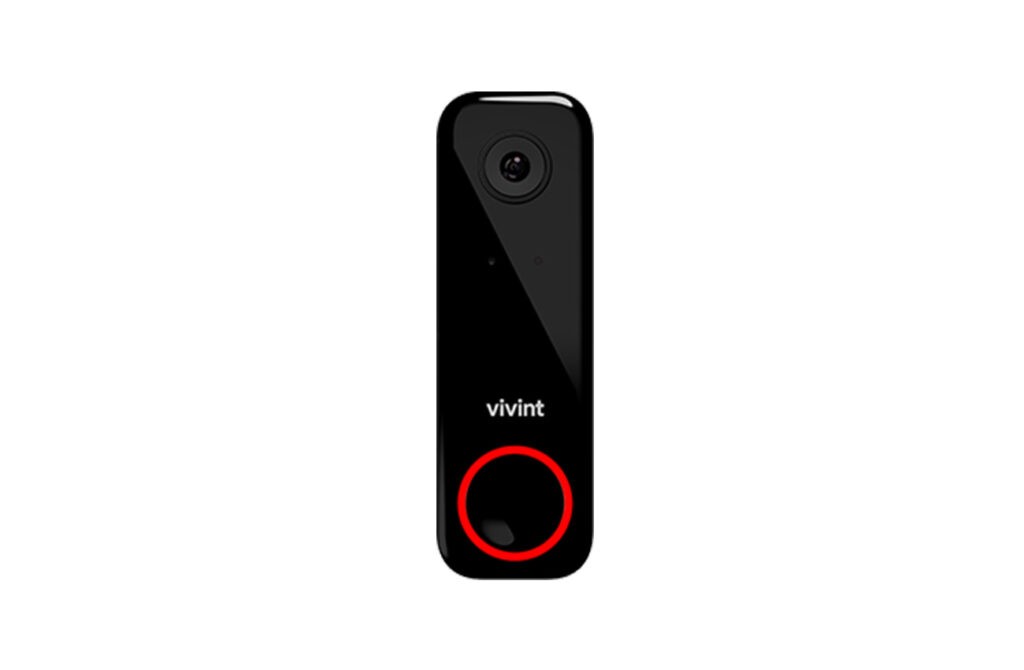Choosing a home security system can feel overwhelming, but it doesn’t have to. This article breaks down the basic structure of a home security system and what you should look for when buying one.
Most home security systems include two main parts: the equipment you install, and the monitoring service that keeps your system connected to your provider’s 24/7 security monitoring centers.
Shopping tip: The monthly rates you see when shopping security systems usually reflect the monitoring services and a small selection of included equipment. To customize your plan above that, get a free quote from each provider you’re considering. (And if you can’t get a free quote, run away! It’s probably not a reputable company.)
High-caliber security equipment
Security equipment runs the gamut from basic entry sensors to HD cameras, but almost every home security system starts with (a) door and window sensors and (b) the alarm panel and keypad.
Door and window sensors protect common entry points (most burglars aren’t equipped to blast a hole through your siding). The control panel sounds the high-decibel alarm and arms or disarms the system quickly based on your key code.
Beyond that equipment, a home security system is totally customizable. Build your own fortress and spare no expense, or budget based on your top priorities.
24/7 security monitoring
More than just a collection of equipment, the best home security systems also come with backup in the form of 24/7 monitoring.
“Monitoring” doesn’t mean that an employee micromanages your settings; it means that your provider’s servers get continuous updates on the status of your system (e.g., armed or disarmed, sensors activated or standing by).
With a monitored security system, the second your burglar alarm goes off, a real, live security professional springs into action. They alert police, and they also reach out to you to immediately check on your welfare and guide you through the next steps.
Types of home security systems
Since almost every professional home security system includes equipment and monitoring, you’ll need a few more details to make the wisest choice for yourself. Below are a few types of home security systems you might notice while shopping and a brief explanation of each:
- Monitored vs. self-monitored systems
Some security companies offer unmonitored plans at lower costs. However, unmonitored plans won’t alert your provider of a break-in, so you’re the one running point in every hypothetical emergency.
- Wired vs. wireless systems
Traditionally, alarm systems connect to the provider via a landline phone connection. Today, more and more alarm systems run on wireless cellular networks and are harder for burglars to disable.
- Camera vs. non-camera systems
Many people add cameras to their systems to have visual evidence of what happens at their home when they’re not there to guard it.
- Smart home vs. analog systems
Most security systems today have at least some level of automation or “smart home” integration, from as simple as arming or disarming your system on an app to as complex as syncing your lights and locks to a daily routine.
What is the most effective security system?
Every home and every family has different needs. To choose the best security system for your home, list your main concerns or priorities, then note products or features you come across that meet those needs.
Example priority list for alarm system shopping:
- I have a secondary entrance that’s not visible from the road. I want camera coverage.
- I travel a lot. I want a high level of remote access to my system.
- I have kids that get home from school while I’m working. I want a smart door lock.
- I have pets. I want environmental sensors that could save their lives.
- I rely on my smart home for everything. I want automation.
- I need to get as much coverage as I can get on a strict budget.
Do I need a home security system?
If you’re still on the fence, keep exploring this blog to feel it out. You can also view Vivint packages or request a quote to speak with an expert on Vivint home security systems.





